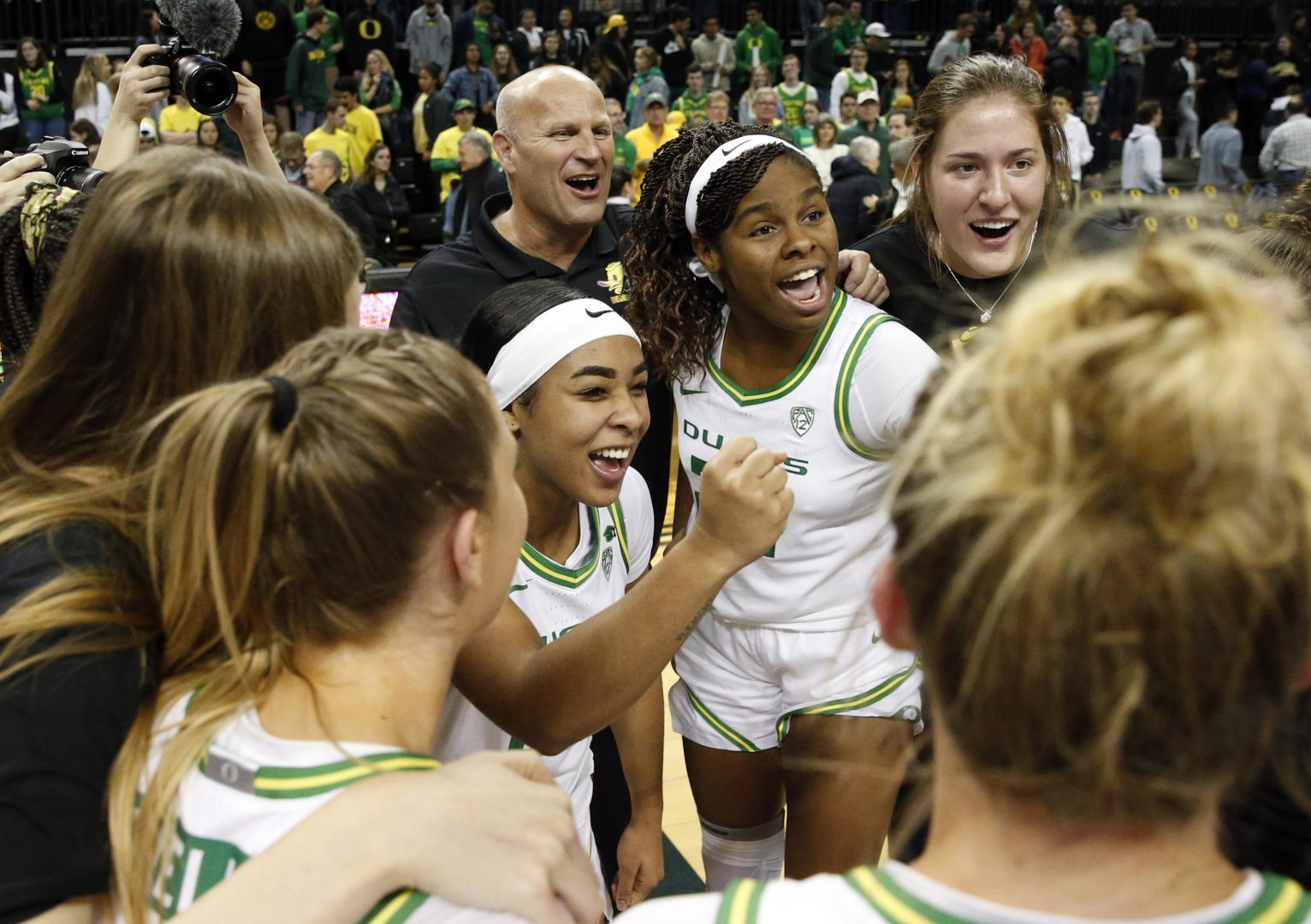Gender inequality in the world of sports is nothing new and has been talked about quite a lot in recent years. With the 2021 NCAA March Madness Tournaments, this topic seemed to gain more attention and generate more conversation than before.
On March 18, Sedona Prince, a redshirt sophomore forward from the University of Oregon’s women’s basketball team, posted a TikTok on Twitter showing a stark difference between the men’s and women’s weight rooms that the NCAA HAD provided for use during the tournaments. The men’s teams were provided a well-equipped workout room, while the women’s team were provided a single set of dumbbells and several yoga mats, purportedly because of a claimed lack of space, according to Prince’s post.

Prince’s post went viral, and many athletes rightfully began calling out the NCAA for blatant disrespect toward the women’s teams. Granted, the COVID-19 pandemic created challenges for sports and holding tournaments, but the NCAA was able to provide a quality workout room for the men’s team. What happened when it came to providing the same amenities for the women’s teams? What was so difficult about filling that space to create a quality workout room for the women’s teams? This is another example of institutions treating women’s sports as lesser than men’s. In the words of Georgia Tech’s Head Women’s Basketball Coach Nell Fortner, the NCAA treated the women’s teams as an afterthought.
By providing a better workout room a couple days later, after being called out by several professional athletes and members of the public, the NCAA thought that it had fixed the problem. Unfortunately, it had not. The NCAA planned to hold the tournament during the pandemic, so it should have expected to provide comparable facilities. It is inexcusable to provide such lackluster equipment and show such lack of respect for the women’s teams playing in an event that has been held for years now.
The NCAA is expected to care for its student-athletes. However, the women’s teams not only were promised amenities and then disappointed, but had to take it upon themselves to show the public the treatment they received. Even the types of COVID-19 tests used for the men’s and women’s teams were different, according to The New York Times. The men’s teams were provided with a polymerase chain reaction test, referred to as the “gold standard of virus testing,” according to The New York Times. However, the women’s teams were provided the rapid antigen test, which The New York Times reported is not as sensitive, exhibits more false negatives and is cheaper. The men’s and women’s teams should have been given the same COVID-19 tests. Doesn’t providing a better test for the men’s teams and a cheaper alternative for the women demonstrate that the NCAA values one group over the other?
To me, the NCAA seems to offer excuse after excuse for why it does not treat women’s sports the same as men’s. There is a $13.5 million budget gap between the men’s and women’s tournaments, which the NCAA claims is due to differences between the tournaments’ formats and popularity and subsequent budgeting decisions, according to The New York Times. Herein lies the problem. The women’s teams are not treated fairly and given less resources than the men, according to The New York Times. This continues to suggest that the NCAA as an organization holds one gender’s sports in higher esteem than the other’s. The NCAA’S mission statement says that it is “dedicated to the well-being and lifelong success of college athletes,” yet the unequal treatment between the men’s and women’s programs does not reflect this.
As a woman who has played sports for years and gone to college basketball games for both men and women, I have seen these differences myself. When I played, we did not draw the biggest crowds compared to the boys’ team. Our girls’ basketball team had a better record, progressed through more tournaments and played in the hall of fame game, but more spectators would come toward the end of our games to see the boys’ games that would follow. This was disheartening to see because I knew both teams worked hard, but there was an obvious favorite no matter the teams’ performance. Going to see a women’s college basketball game has always been viewed as “easier” than going to see a men’s basketball game. Ticket prices for women’s Division I basketball games have long been more affordable than men’s. That there are more empty seats at the women’s games than the men’s has always bothered me— and it still does.
Finding opportunities to watch women’s sports on major sports networks is also more difficult. If I wanted to watch women’s sports on television more regularly, I would have to have the league’s network, like the SEC or ACC Network, to watch them. While women’s sports do play on networks such as ESPN, compared to men’s sports, women’s sports are not broadcast as often and not as well advertised.
How the NCAA has conducted itself during this tournament, and in all honesty for years now, illustrates that women’s sports are not as highly regarded as men’s and may be seen as a throwaway in some cases. This is infuriating because it shows future female athletes that they are not a priority in the world of sports. The NCAA is showing an entire generation of athletes that they will not be given the same treatment as their male counterparts. The NCAA and other sports organizations need to address this problem immediately. An apology will not cut it anymore.
CORRECTION: April 19, 2021 at 11:51 a.m.
The headline of this article has been updated to more accurately reflect the content of the article.








